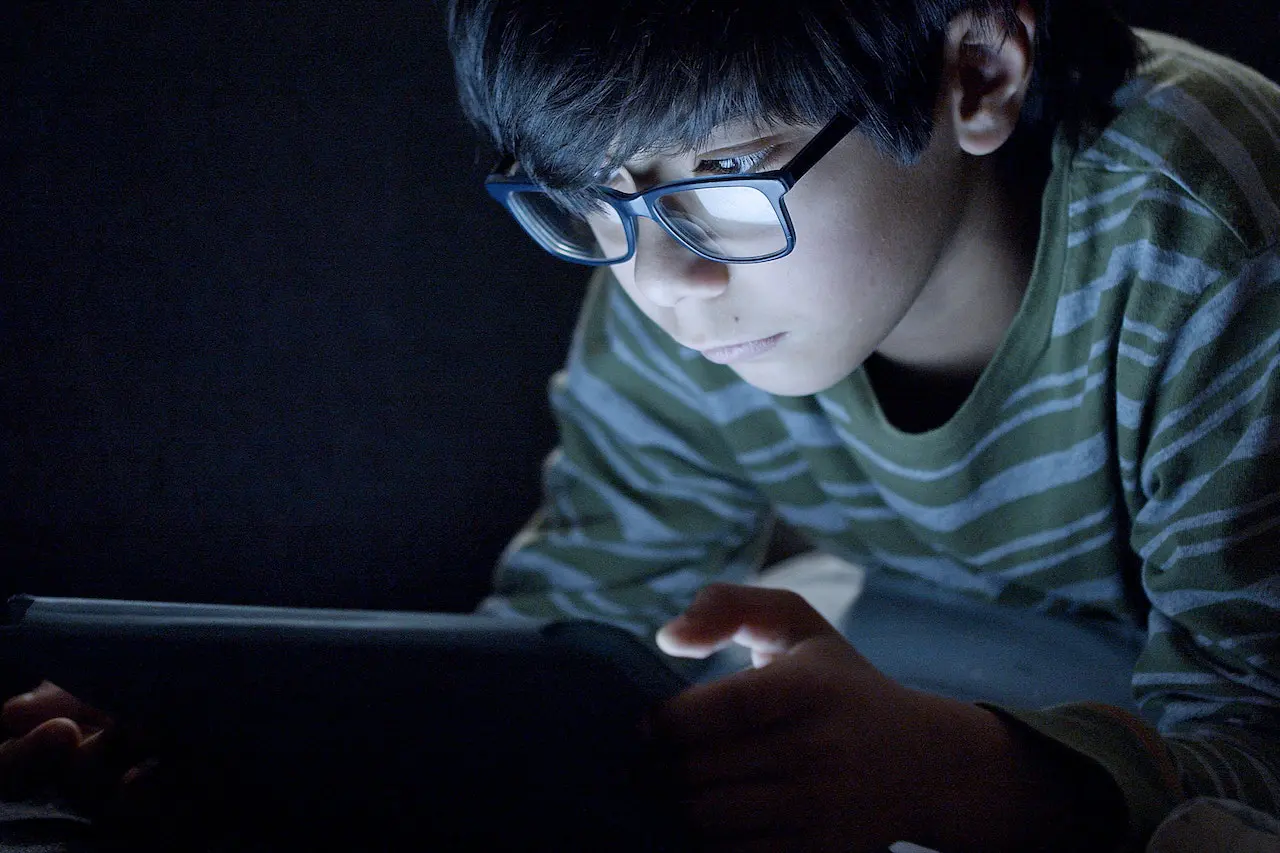With the rise of smartphones, tablets, and other digital devices, children are spending more time than ever in front of screens.
Parents often set limits on screen time in an attempt to protect their children from potential negative effects.
However, the effectiveness and practicality of these limits are often questioned.
What is it All About?
Screen time encompasses any time spent in front of a digital screen, including televisions, computers, tablets, and smartphones. It can be categorized into various forms such as educational, recreational, and social.
Health and educational organizations have established guidelines for screen time limits, often recommending that children under two years should avoid screen use, while older children should have limited and supervised screen time.
Despite these guidelines, the actual use of screens by children often varies significantly.
If you want to see more on this subject, visit here.
The Real Impact on Children

Now let us see the impact screen time has on children.
Physical Health
Excessive screen time can disrupt sleep patterns, leading to insufficient and poor-quality sleep. This can affect a child’s overall physical health, including their immune system and growth.
Prolonged screen time can reduce physical activity, contributing to obesity and related health problems such as diabetes and cardiovascular issues.
Mental Health
High levels of screen time have been associated with various mental health issues in children, including increased anxiety and depression.
The constant exposure to social media and online content can create unrealistic expectations and peer pressure, exacerbating feelings of inadequacy and stress.
Furthermore, extensive screen use can hinder cognitive and developmental growth, especially in young children, impacting their learning and problem-solving abilities.
Social and Emotional Development
Screen time can influence a child’s social skills and family interactions. Excessive use of digital devices can lead to reduced face-to-face communication and weakened family bonds.
It can also affect emotional regulation, leading to behavioral issues such as irritability and aggression.
Children who spend more time on screens may struggle with empathy and social cues, impacting their ability to form healthy relationships.
The Myth of Strict Limits

Research indicates that there is often a discrepancy between the screen time limits parents report and the actual screen time their children engage in. This suggests that strict limits may not always be practical or effective.
The Uses and Gratifications Theory highlights that parents’ attitudes towards screen media are complex and influenced by various factors, including the perceived benefits of digital media for education and entertainment.
The Complexity of Family Life and Media Use
Digital media have become integral to daily family routines, making it challenging to impose strict screen time limits. Balancing screen time with other activities such as homework, chores, and physical exercise requires flexibility and realistic expectations.
Parental mediation strategies, including setting boundaries and discussing content with children, play a crucial role in managing screen use effectively.
Summary
Managing screen time is a complex task that requires a balanced and informed approach. While excessive screen time can have negative impacts on physical, mental, and social health, rigid limits may not always be practical or effective.
Parents need to consider the individual needs of their children and the dynamics of their family life when setting screen time boundaries.

